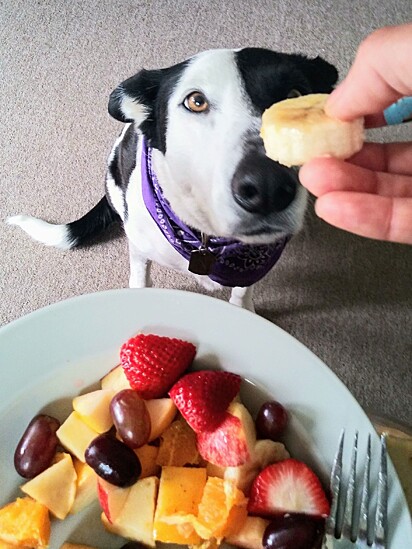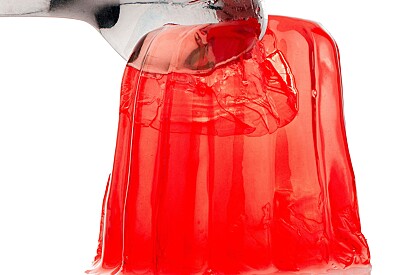Can Dogs Eat Strawberries? Veterinarian Clears Up Common Questions for Pet Owners
By Gabriele Tancredo Stella in Helpful Tips
One common question among dog owners is whether dogs can eat strawberries. According to veterinarian and dog and cat nutritionist Vivian Kreppeke, the answer is yes. Dogs can enjoy this sweet, slightly tangy fruit — as long as certain precautions are taken before adding it to your four-legged friend’s diet.Strawberries are juicy red fruits often associated with delicious desserts. They’re also an excellent source of vitamins C, A, and B-complex. They are also low in calories, which makes them beneficial for weight control. However, Vivian emphasizes that strawberries should be considered an optional treat in your dog’s diet.

“Treats should make up no more than 10% of your dog’s total daily food intake. For example, if your dog eats about 3.5 ounces of food a day, you can give up to 0.35 ounces (or around 10 grams) of strawberries as an occasional treat. Anything more than that stops being a reward and can throw off their diet, potentially adding too many calories and leading to weight gain,” explained Vivian.
The veterinarian suggests a few ways to offer strawberries to your dog — such as in pieces, homemade popsicles, fruit salads, or even fruit jello.
These alternatives can help with training, mental stimulation, and environmental enrichment.
“The owner can offer fruits in different forms — in pieces, popsicles, fruit salads, or jello,” she recommends. (Strawberry jello recipe at the end of the article.)
More Fruits and Vegetables
In addition to strawberries, the veterinarian lists other fruits and vegetables that can be added to dogs’ diets either as part of their veggie portion or as healthy snacks and treats.
“Blueberries, seedless apples, seedless pears, peaches (pitted), avocado pulp, plums, bananas, watermelon, melon, guava, papaya, kiwi, oranges, tangerines, pineapples, pomegranates, acerola cherries, pitangas, persimmons, jabuticaba, figs, apricots, raspberries, and mangoes (pitted) are all great options for them!”
Citrus fruits can also be offered, but in moderation and with care, since dogs already have acidic stomachs and usually tolerate these fruits well.

“In any case, fruits should be offered with common sense. If your pet becomes ill shortly after eating a piece of fruit or a fruit-based meal, stop offering it and take them to the vet right away!”
Recipe: Strawberry Jello
Ingredients
1 packet (about 0.7 oz) of unflavored, sugar-free gelatin
2 cups of water
10 chopped strawberries
Preparation:
Boil the water in a saucepan, turn off the heat, and add the gelatin. Set it aside. Meanwhile, chop the strawberries and place them in a bowl or individual molds. Once the gelatin has cooled to lukewarm, pour it over the strawberries and refrigerate. After a few hours, it will be ready to serve in small portions.
Note: If your cat likes it too, you can offer them this recipe.
For more tips from veterinarian Vivian, you can follow her on Instagram.
Note: The information in this article was provided by a veterinary nutritionist. However, before introducing new foods into your dog or cat’s diet, it's always best to consult your veterinarian to make sure there are no specific contraindications for your pet.








